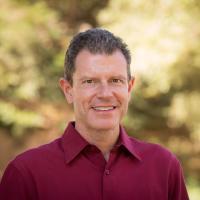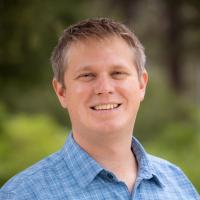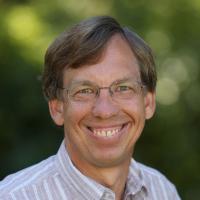When you study physics, you seek a fundamental understanding of the physical universe.
You’ll also take courses in mathematics, the language of science, and chemistry for scientific breadth. Test some of the theory you learn in laboratory classes and hands-on research and take advantage of opportunities to conduct research with you professors. State-of- the-art instrumentation enriches your experience. You may also pursue internships with high-tech firms in Santa Barbara. Such practical training prepares you for graduate school and professional work in science, engineering and related fields. Interested in a double major? Take the B.A. track for greater breadth and flexibility.
Physics at Westmont
Sample Schedule
FALL (17 credits)
- PHY 21: General Physics I (4)
- PHY 22: General Physics Lab I (1)
- MA 9: Calculus I (4)
- CS 10: Design and Implementation of Solutions to Computational Problems (4)
- General Education (4)
SPRING (18)
- PHY 23: General Physics II (4)
- PHY 24: General Physics Lab II (1)
- MA 10: Calculus II (4)
- General Education (8)
- PEA 32: Fitness for Life (1)
MAYTERM
- Suggested Mayterm: GE Elective (4) on campus or abroad
SUMMER
- Suggested research with Westmont faculty or REU
FALL (17)
- PHY 25: Modern Physics (4)
- MA 19: Multivariable Calculus (4)
- CHM 5: General Chemistry (4)
- General Education (4)
- PEA elective (1)
SPRING (18)
- PHY 26: Modern Physics Lab. (1)
- PHY 40: Differential Equations (4)
- PHY 142/143: Circuits and Electronics/Electronics Laboratory (5)
- General Education (8)
SUMMER
- Suggested research with Westmont faculty or REU
Fall (17)
- PHY 115: Mathematical Physics (4)
- PHY 150: Electricity and Magnetism (4)
- General Education (8)
- PEA Elective (1)
Spring (18)
- PHY 131 Classical Mechanics (4)
- PHY 160: Thermodynamics (4)
- PHY 105: Computational Physics (2)
- General Education (8)
SUMMER
- Suggested research with Westmont faculty or REU
Fall (13)
- PHY 121: Quantum Mechanics I (4)
- PHY-198: Research (1)
- General Education (8)
Spring (15)
- PHY 122: Quantum Mechanics II (4)
- PHY 195: Senior Seminar (1)
- PHY-198: Research (1)
- PHY 170 Adv. Lab (1)
- General Education (8)
Faculty Highlights

Smashes atoms together at large-scale particle accelerator laboratories


Demonstrates physics by lying on a bed of nails and walking on hot coals
A mechanical design engineer with extensive experience in CAD and prototyping
Meet the Staff
Susan LeyvaAcademic Administrative Assistant |
Assistant to the Mathematics/Computer Science and Physics/Engineering departmentsEmail: sleyva@westmont.edu
|